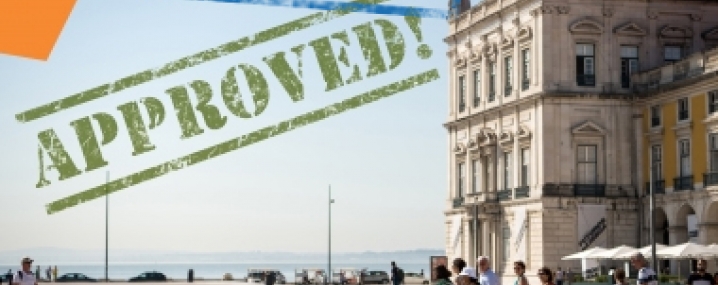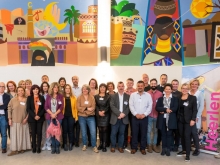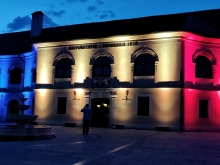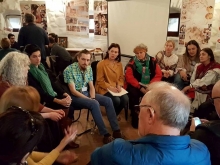Baia Mare
Baia Mare lies in the eastern Carpathian Mountains in Transylvania, north-western Romania, 50km from the Ukrainian border. It is considered to be one of the most picturesque towns in Romania and attracts many tourists. With a population of 120,000—220,000 in its metropolitan area—it is the capital of Maramureș County. The city’s metropolitan area also includes five neighbouring towns and 12 villages. Around 12% of the population are ethnic Hungarians.
Gold, silver and copper have been mined in Baia Mare for around 2,000 years and the town’s history is bound up with mining. It brought prosperity to the town from the Middle Ages, when St Stephen’s Cathedral was built, and in the 18th century when it was part of the Austro-Hungarian Empire. Mining was carried out on an industrial scale under communist rule in the 20th century. But after the revolution in 1989 the industry went into sharp decline, leaving the area littered with abandoned industrial sites. Many of these are still waiting to be redeveloped.
The city’s economy has diversified rapidly into small and medium sized enterprises, services and retail. It has the largest shopping mall in a 100km radius, as well as the largest sofa manufacturing plant in eastern Europe, Italsofa. Tourism is an important sector, facilitated by the city’s international airport. Besides the city’s historic centre, culture and traditions, the magnificent mountain landscape is also popular with visitors. Within easy reach are natural parks such as the Rodnei Mountains National Park, a nature reserve filled with a rich diversity of flora and fauna, which has been awarded Biosphere status by UNESCO.
SOME RELATED NETWORKS
SIBdev
USEAct
Social Impact Bonds: the secret tool for effective public services?
Article
What now for the EU’s urban policy agenda?
Article
What happens when a city gets its citizens involved?
News
23 Action Planning Networks approved!
News







